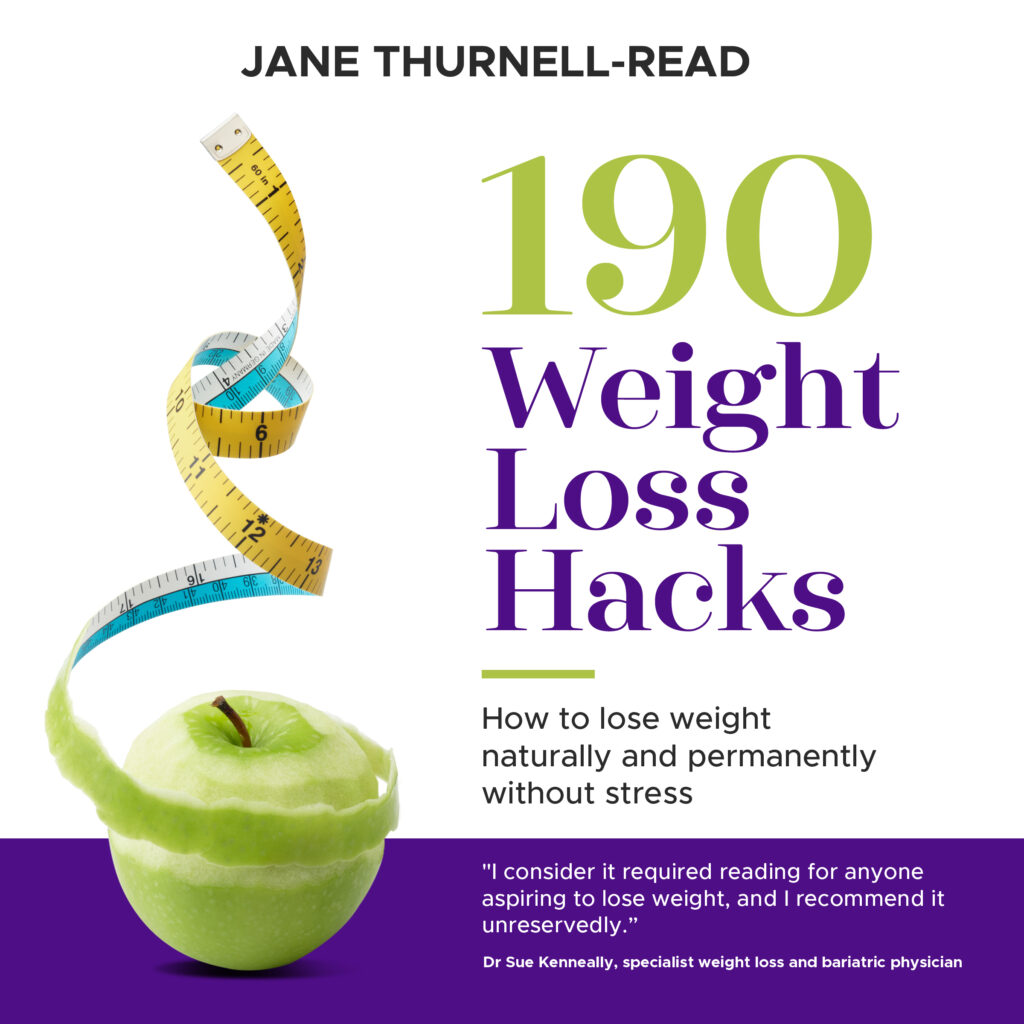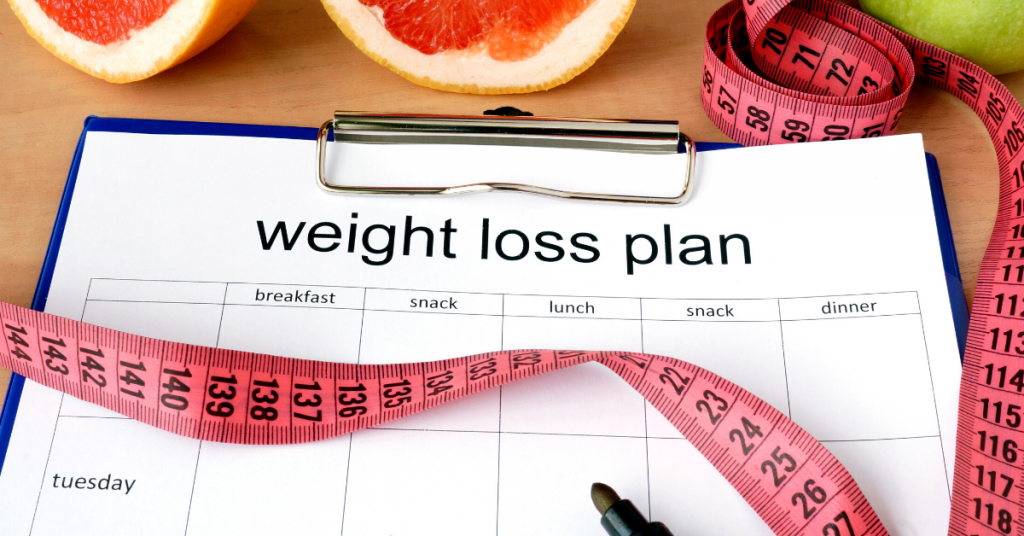It’s really easy for your good intentions to get derailed by other’s actions or your own tiredness, stress and lack of emotional resilience.
“Implementation intentions” are what psychologists call “if .. then” plans.
Simple examples include:
- If Mary insists on giving me a box of chocolates, I’ll thank her and give it secretly to a foodbank.
- If I’m within 200 steps of my goal for the day, I’ll walk around the house till I reach it.
- If I have a really bad day with eating, I’ll focus on eating extra fibre the next day.
Get the idea?
Firstly you need to think about your triggers and challenges. What situations lead you to falter or abandon your plan to eat well?
What are your triggers? What is the alternative to eating the food or drinking the alcohol that is tempting you?
Here are some slightly more complicated ideas:
- If I’m going to the grocery store, I’ll make sure I’m not hungry and I’ll make a list of nutritious foods and stick to it.”
- If I’m feeling tired and sluggish, then I’ll take three deep breaths, and make myself a smoothie with spinach, banana, and almond milk for a quick energy boost.
- If I’m dining at a buffet or potluck, then I’ll fill half my plate with vegetables before adding other dishes to control portion sizes. Then I’ll stand with my back to the buffet, so I’m not constantly being reminded of food.
If you meet the same trigger in different situations, you may need to come up with several different strategies, For example:
- If I’m feeling angry at work, I’ll take a few minutes to write down my feelings. Then I’ll take some deep breaths.
- If I’m feeling angry at home, I’ll do ten jumping jacks. Then I’ll take some deep breaths.
Giving yourself several options may be a good strategy too. E.g.:
- If I come home tired from work and just want to eat rubbish, I’ll sit in the car for a few minutes before I go in the house, or I’ll go in the house and make myself a herb tea or I’ll ask my partner to deal with the kids while I do a quick 5-minute workout.
- If people press me to drink more alcohol at the next big family party, I’ll offer to get them a drink (and not get one for myself). Or I’ll say I think I’ve discovered I may be allergic to it, or I’ll accept the drink and then find a way to pour it away without anyone knowing.
Does this strategy work?
The concept of implementation intentions was introduced in 1999 by psychologist Peter Gollwitzer. Studies conducted by Gollwitzer in 1997 and earlier show that the use of implementation intentions can result in an increased probability of successfully reaching your goal.
Brian Harman (De Montfort University, UK) and Professor Janine Bosak (Dublin City University, Ireland) write on The Conversation website:
“ … [a] meta-analysis of 94 studies informs us that “implementation intentions” are also highly effective. These personalised “if x then y” rules can counter the automatic activation of habits. For example, if I feel like eating chocolate, I will drink a glass of water.
“Implementation intentions with multiple options are very effective since they provide the flexibility to adapt to situations. For example, “if I feel like eating chocolate I will (a) drink a glass of water, (b) eat some fruit; or (c) go for a walk”.
“But negatively framed implementation intentions (“when I feel like eating chocolate, I will not eat chocolate”) can be counterproductive since people have to suppress a thought (“don’t eat chocolate”).”
Get the idea? Can you set yourself some “If … then” scenarios to help you on your healthy eating journey?
Keep tabs on your progress and be willing to adapt your plans as needed. Celebrate your wins, learn from setbacks, and fine-tune your strategies accordingly.
Weight Loss
Naturally And Permanently Without Stress
- Research-based information about what works
- Simple mind-set changes
- Strategies you don’t already know

Healthy Ageing
Unlocking the Secrets to Longevity
- Research-based information to give you hope and inspiration
- Simple changes you can make now
- Information you don’t already know

Menopause
Stop Hot Flashes And Lose Weight
- Research-based information you need to move forward
- Get back in control of your health
- Practical proven strategies to love well

-
Can the Mediterranean diet ease IBS symptoms? New research
For those living with irritable bowel syndrome (IBS), the daily struggle of bloating, discomfort, and unpredictable digestion can feel exhausting. Finding the right diet to ease symptoms can be frustrating – especially when advice seems to contradict itself. However, a…
-
What’s on your tombstone?
I want to talk about when you die. Now, it’s not a very pleasant subject, but I want to talk about one particular aspect of it. Your tombstone. Okay, I know you may get cremated, or because of your religious…
-
Want to achieve your most important goals? Don’t share them!
How many times have you seen the advice that you should share your goals? Yep, tell everyone about your goals and you are more likely to achieve them. Obvious, isn’t it? It increases your accountability, and success comes with accountability.…




